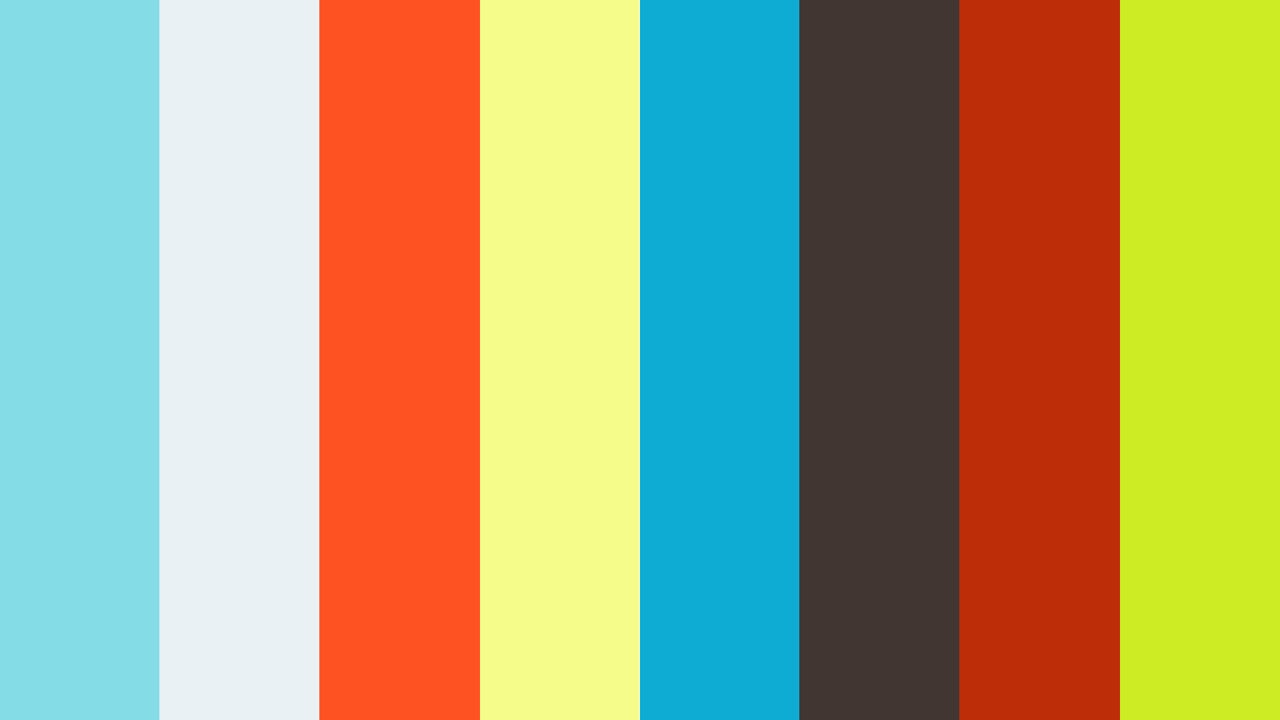

It used Java for its graphical interface and C for its real-time backend, and was eventually released as open-source software. IRCAM's in-house Max development was also winding down the last version produced there was jMax, a direct descendant of Max/FTS developed in 1998 for Silicon Graphics (SGI) and later for Linux systems. The timing was fortunate, as Opcode was acquired by Gibson Guitar in 1998 and ended operations in 1999. Instead, Zicarelli acquired the publishing rights and founded a new company, Cycling '74, to continue commercial development. However, by 1997, Opcode was considering cancelling it. Opcode launched a commercial version named Max in 1990, developed and extended by David Zicarelli.
#Max msp jitter video software#
The same year, IRCAM licensed the software to Opcode Systems. Also known as "Audio Max", it would prove a forerunner to Max's MSP audio extensions, adding the ability to do real-time synthesis using an internal hardware digital signal processor (DSP) board. In 1989, IRCAM developed Max/FTS ("Faster Than Sound"), a version of Max ported to the IRCAM Signal Processing Workstation (ISPW) for the NeXT. Its earliest widely recognized use in composition was for Pluton, a 1988 piano and computer piece by Philippe Manoury the software synchronized a computer to a piano and controlled a Sogitec 4X for audio processing. At this point in its development Max couldn't perform its own real-time sound synthesis in software, but instead sent control messages to external hardware synthesizers and samplers using MIDI or a similar protocol. Originally called The Patcher, this first version provided composers with a graphical interface for creating interactive computer music scores on the Macintosh. ġ980s: Miller Puckette began work on Max in 1985, at the Institut de Recherche et Coordination Acoustique/Musique (IRCAM) in Paris. Because of this extensible design, which simultaneously represents both the program's structure and its graphical user interface (GUI), Max has been described as the lingua franca for developing interactive music performance software. Thus, Max has a large user base of programmers unaffiliated with Cycling '74 who enhance the software with commercial and non-commercial extensions to the program. An application programming interface (API) allows third-party development of new routines (named external objects). The Max program is modular, with most routines existing as shared libraries. Over its more than thirty-year history, it has been used by composers, performers, software designers, researchers, and artists to create recordings, performances, and installations.
#Max msp jitter video Patch#
The winners will be invited to make a 20 minutes video of their patch (coded from scratch) to be shared and archived on our channels.Max, also known as Max/MSP/Jitter, is a visual programming language for music and multimedia developed and maintained by San Francisco-based software company Cycling '74. Videos of the winners will be shared on our social media accounts.

The artists selected will be rewarded with a one-hour online mentorship with the member of the jury who selected them + learning resources (to be communicated to the artists selected).ĭuring the challenge all videos will be reposted on our stories.

Every member of the jury will select his/her best patch. The intent of the challenge is community building and knowledge sharing. Tom Hall ( Giri ( Sancristoforo ( Foderaro ( Belle Reid ( Coding Utrecht ( Seoul ( for the winners: It’s up to you to decide what you want to share in the video, how much you want to share and how best to present your patch.

(The patch has to be visible, so if it’s not in the 1 minute video, please also include a screenshot of the patch in the post as a second image)


 0 kommentar(er)
0 kommentar(er)
